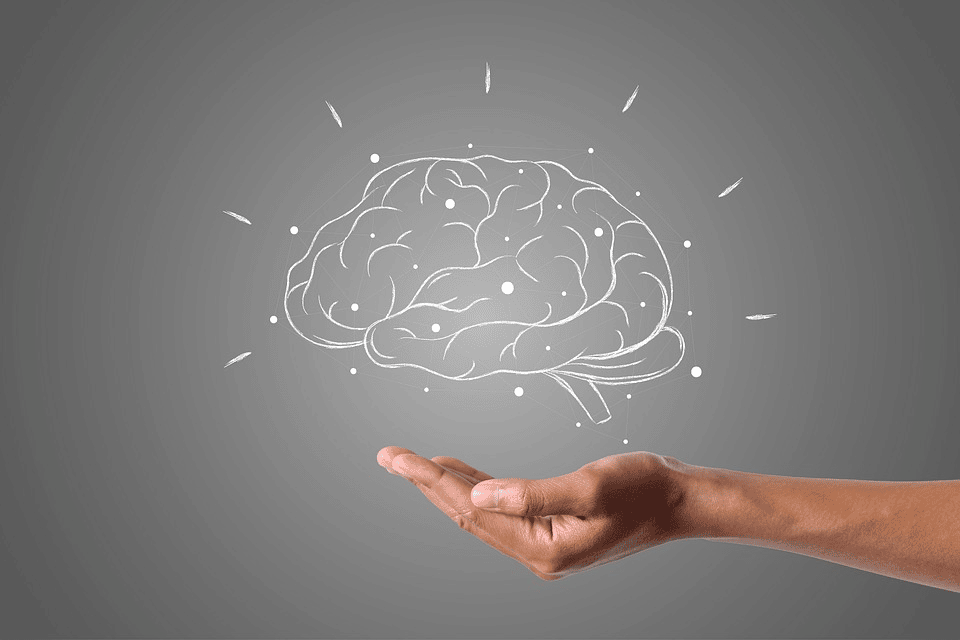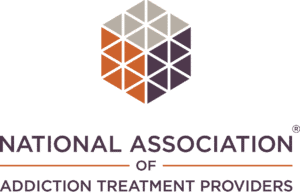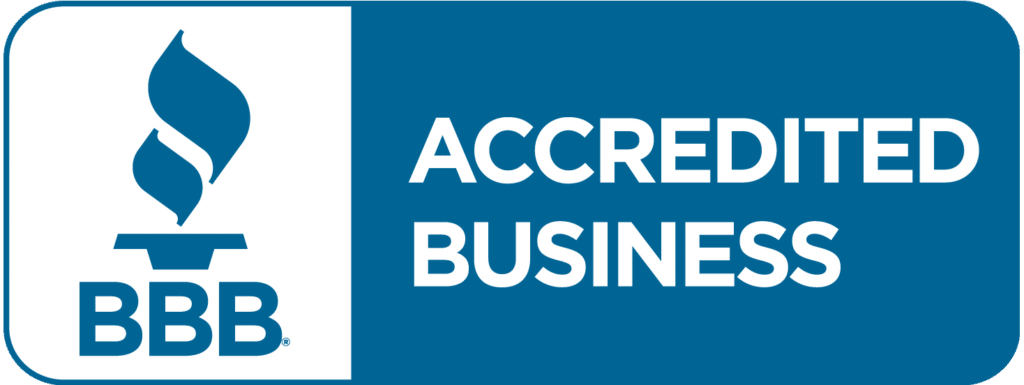Breaking Up with an Addict: When & How to Walk Away
In films, love is often depicted as a straightforward journey: two people fall in love, get married, have children, and settle into a charming home with a white picket fence. However, reality is much more complex, and not all relationships end in a fairy tale. Relationships are particularly challenging when addiction is involved.
At Silicon Valley Recovery, we understand the complexities of relationships, the struggles of addiction, and the hope for a brighter future. We offer a range of evidence-based addiction treatment programs designed to help individuals overcome addiction. Our goal is to support you and your loved one on the path to healing, even if that means taking separate paths.
If you’re in a position where you’re considering breaking up with an addict, it can be challenging. Being in a relationship with someone with an active addiction can be difficult or even impossible.
While you may want the best for the person, that can’t come at the cost of your own mental or even physical well-being.
People with substance use disorders can and do recover, but if the person you’re in a relationship with isn’t ready or willing for that, you may have no other choice aside from leaving the situation.
The Dynamic of Being in a Relationship with An Addict
There are plenty of reasons you might stay in a relationship with someone who’s struggling with addiction. You may be in love with them. You could also worry that ending the relationship will worsen the person’s problems.
You might have a fear that if you leave, the addicted person will go deeper into addiction or do something drastic.
It’s also common for people to stay in these relationships because they feel like they take care of the person, or somehow, they can “fix them.”
You could even stay because you are afraid of being alone.
Nearly every reason you could have for staying with someone in active drug or alcohol addiction comes from fear.
If someone is willing to get help for their addiction and actively taking steps to do that, the relationship could be salvageable. If that’s not the case, you need to ask yourself some questions, including, “am I in an abusive relationship?”
Those who have loved ones struggling with substance use understand that addiction impacts more than just the individual—it affects everyone close to them. Loved ones are often pulled into the turmoil, leading to significant emotional pain.
Romantic partners, in particular, may face a tumultuous journey when their loved one refuses to seek addiction treatment. Being in a relationship with someone who has a substance use disorder can be incredibly challenging.
Addiction can lead to situations where you and your partner:
- Lie to each other
- Cover up destructive behaviors
- Make excuses
- Lose trust in the relationship
This type of dynamic can be damaging for both of you. In some cases, walking away and ending the relationship may be the healthiest choice.
Reasons to Consider Breaking Up with An Addict
Maybe you’re on the fence about breaking up with an addict, and you’re not sure whether or not it’s the right thing to do.
If abuse is going on, you should leave.
- When someone uses mind-altering substances, it changes their behavior.
- A person who maybe was calm and rational when you met could become volatile and irritable because of substance use.
- When they’re on drugs or drinking, they could become abusive.
- There are many types of domestic abuse, including physical abuse, emotional abuse, financial abuse, and sexual abuse.
- You can’t stay in a relationship with abuse. If you remain in an abusive relationship, it can put you at a greater risk of developing a drug or alcohol problem yourself.
When someone abuses drugs or alcohol, their brain chemicals compel them to seek out that substance, no matter the consequences. The results can be violent, controlling, or irrational behavior, including in relationships.
- Domestic violence and addiction have several shared features, including a loss of control and continuing the behavior despite adverse consequences.
- Both addiction and abuse tend to worsen over time, and both conditions involve elements of shame and denial.
- Abusive behavior can occur as the addict tries to get what they want.
- People with substance use disorders will often become aggressive and defensive if you try to show concern or talk to them about their addiction.
- When addiction is involved, codependency can also occur. Codependency leads to enabling and controlling behavior. This creates toxic relationships that are very one-sided.
Even outside of them being an overtly abusive partner, reasons to consider breaking up with an addict include:
- People with substance use disorders often display dangerous, reckless, and selfish behaviors. They might spend nights away from home, partying. They could blackout or experience hangovers, so they can’t take care of their responsibilities. Driving while under the influence can be an issue as well.
- Addiction is a disease with connections to other co-occurring mental health disorders. For example, someone with an addiction might also have untreated depression or anxiety. To be in a positive relationship, they first need mental health treatment.
- Deception underlies addiction. Initially, someone with a substance use disorder will try to hide it. Then, eventually, you may notice they spend a lot of money, lie, and are deceptive about a lot of what they’re doing. A relationship without trust is never going to flourish.
- Addicts can become distant, and you may not even recognize the person you’re in a relationship with anymore. Addiction is the priority over everything, meaning a healthy relationship isn’t possible.
What Should Keep in Mind Before Breaking Up with An Addict?
Someone having an addiction isn’t always in and of itself a reason to leave a relationship, especially one that’s long-term or a marriage.
Every situation is different, and there are things you have to ask yourself, including:
- Am I in an abusive relationship? We touched on this above, but your safety is the top priority above everything else. If there is physical violence or an abusive situation, you have to create a safety plan and get out of the relationship.
- Is my partner willing to change? If your partner is signaling a desire or willingness to change and progress toward recovery, you may be able to work on repairing the relationship eventually. If the person seems completely unwilling to talk about addiction treatment or recovery, leaving may be your only option.
- Could I be enabling my partner? Enabling is harmful to you and also the addict in an intimate relationship. When you enable someone with an addiction, they’re never held accountable for their behaviors and actions. If you see enabling patterns in yourself, you may have to leave your relationship.
- What do I see happening if I stay with the person? You have to think long-term about what life might look like if you stay with someone who has a drug or alcohol addiction. The condition will inevitably get worse without treatment. Do you think things could change for the better?
- Are my children being affected? If you have children, you may need to take them out of the environment with the addict so they’re safe and away from substance abuse.
The Dos and Don’ts of Breaking Up with an Alcoholic
Breaking up is never easy, but ending a relationship with someone struggling with addiction brings additional challenges. If you weren’t fully aware of your partner’s substance misuse at the beginning of the relationship, you might now find yourself feeling overwhelmed by the situation.
It’s important to remember that your partner’s addiction is not your fault. You cannot cure or control their behavior, but you can decide how to respond to it. Here are some dos and don’ts to consider when breaking up with a partner who struggles with addiction:
Do Wait Until They Are Sober
Ending a relationship with someone who is under the influence can have serious consequences. When intoxicated, they may not think clearly, which can lead to erratic behavior and possibly forgetting the conversation the next day. It’s best to wait until they are sober so the conversation can be more rational and clear.
Don’t Hold a Grudge
It’s natural to feel hurt or angry, but holding onto these feelings isn’t healthy. Addiction is a mental health condition, and your partner needs help. Holding a grudge will only keep you stuck in the past and hinder your ability to move forward.
Do Put Your Safety First
Substance misuse can sometimes lead to unpredictable behavior. If your partner has been violent or aggressive, prioritize your safety when ending the relationship. Choose a public place like a park for the conversation and consider having a friend nearby in case you need support. If your partner threatens you or your loved ones, take it seriously and report it.
Don’t Let Your Emotions Get the Best of You
Breakups are emotional, but letting your emotions take over can worsen the situation. It’s easy to lose your temper, but shouting or arguing will only escalate the tension. Try to remain calm throughout the breakup. If you feel yourself losing control, it’s okay to walk away to collect yourself. You can process your emotions once you’re away from your ex-partner.
Do Practice Self-Care
Even if you’re the one initiating the breakup, you’ll need time to heal. Breaking up with someone you love, especially if they struggle with addiction, can leave you feeling emotionally drained. Don’t hesitate to seek professional mental health support if you need it; a therapist can help you navigate this difficult time.
Do Stay Strong and Persevere
Your ex-partner might plead for another chance or promise to change, and you might feel tempted to give in. However, it’s crucial to stand your ground. Remember the reasons for the breakup and avoid unnecessary communication, as it’s the only way for both of you to truly move forward.
Do What Is Best for You
Leaving a partner can be difficult, and you might feel guilty, but you need to prioritize your well-being. Staying in a relationship with someone who has an addiction can be toxic, potentially harming your mental and physical health.
Understanding the difference between being supportive and enabling addiction is crucial. While ending the relationship may not be a permanent decision, it’s essential to prioritize both your well-being and your partner’s path to recovery.
How to Break Up with an Addict
Figuring out how to leave an abusive relationship is tough to navigate, especially when addiction is involved. You likely worry about your children and yourself. You might also be worried about the person you’re in a relationship with. It requires a careful blend of compassion and firmness. Here are some steps that may help you navigate this difficult process:
Prepare for the Conversation
Take time to plan what you want to say and anticipate how your partner might react. Be prepared for possible defensive or denial responses, and stay committed to your key points.
Choose the Right Time and Place
Ensure the conversation happens when your partner is sober. Opt for a neutral location where you both can talk openly and safely.
Communicate Clearly and Honestly
Express your reasons for the breakup with honesty and clarity. Emphasize that the relationship is harmful to both of you and that separation is the healthiest option.
Avoid Blaming Language
Focus on using “I” statements to communicate your feelings, rather than “you” statements, which can come across as blaming.
Set Boundaries
After the breakup, it’s important to establish clear boundaries. This may involve limiting or cutting off contact, such as blocking phone numbers or disconnecting on social media, at least temporarily.
Seek Support
Consider reaching out to support groups or therapists who specialize in relationships affected by addiction. These resources can provide valuable guidance and help you through the healing process.
Also Remember:
- Have a plan for your safety. You should have a place to go before you break up with someone. Break up with them in a public place like a restaurant or coffee shop so that others are around you. You may also want to bring a friend or family member with you. If the person threatens you, take it seriously.
- If you can set aside an emergency fund and other resources before you end the relationship, do so.
- Try to find an opportunity where the person is sober. If they’re under the influence of drugs, they’re more likely to lash out, creating a more dangerous situation.
- Be firm in your decision, and don’t let your partner try to bargain with you or talk you out of your decision.
- Keep your own emotions in check.
- Consider getting therapy for what you’ve experienced in the relationship, and always practice self-care.
How to Support Yourself When Breaking Up with an Addict You Love
Breaking up with someone you love, particularly when addiction is involved, can deeply impact your emotional well-being. It’s crucial to prioritize your own health during this difficult time. Here are some strategies to help you support yourself through the process:
Seek Professional Help
Talking to a therapist or counselor can provide invaluable guidance and emotional support as you navigate your feelings and cope with the breakup.
Lean on Your Support Network
Reach out to friends and family who can offer support. Allow them to listen and encourage you to express your emotions, helping you feel less isolated.
Establish Healthy Routines
Engage in activities that bring you joy and help rejuvenate your spirit, such as exercising, pursuing hobbies, or spending time in nature. These routines can help you regain a sense of normalcy and well-being.
Practice Mindfulness
Incorporate mindfulness practices like meditation or deep-breathing exercises into your daily routine to help manage anxiety and keep yourself grounded during this challenging period.
Limit Contact
Give yourself the necessary time and space to heal by reducing communication with your ex. This might include limiting phone calls, text messages, and social media interactions.
Acknowledge Your Emotions
Allow yourself to experience and process your emotions, whether it’s sadness, anger, or relief. Accepting these feelings is an essential part of the healing process.
Remember, nurturing yourself during this time is not selfish—it’s a crucial step toward your recovery and moving forward with your life.
Call Silicon Valley Recovery for Help with Supporting a Loved One with an Addiction
Breakups are difficult, and ending a relationship with someone struggling with addiction presents its own unique challenges. At Silicon Valley Recovery, we recognize the complexities of these situations and provide support for both individuals battling addiction and their loved ones.
Our compassionate, evidence-based addiction treatment programs are designed to help your loved one achieve lasting recovery, paving the way for a brighter future for both of you. If you need support during this challenging time, don’t hesitate to call us at 408-547-4089 or reach out online to learn more about how we can help.
FAQs
How does breaking up with an addict affect your emotional health?
Ending a relationship with an addict can lead to a mix of emotions such as relief, guilt, or sadness. It’s common to experience confusion due to the emotional rollercoaster the relationship might have caused. Seeking support from friends, family, or professionals can be beneficial in processing these feelings.
How do I know if my partner’s addiction is affecting our relationship?
If their addiction consistently leads to broken promises, emotional distance, or financial issues, it may be affecting your relationship. Evaluate patterns in behavior and communication that disrupt your shared life.
Can you support an addict while maintaining your own well-being?
Yes, establishing clear boundaries and practicing self-care are crucial. Engage in open communication, seek support from friends or professionals, and focus on setting limits that protect your emotional and mental health.
What makes a drug hard to quit?
The difficulty in quitting a drug often stems from its ability to create strong physical dependence and intense psychological cravings. Factors like the drug’s impact on brain chemistry, withdrawal symptoms, and individual differences in genetics and environment can contribute to the challenge of cessation.











